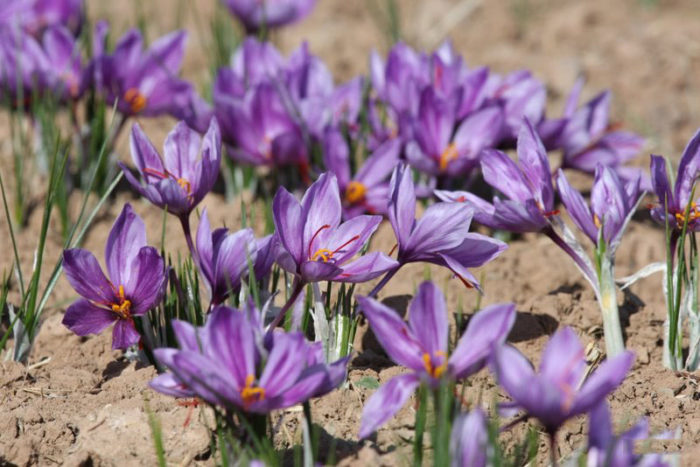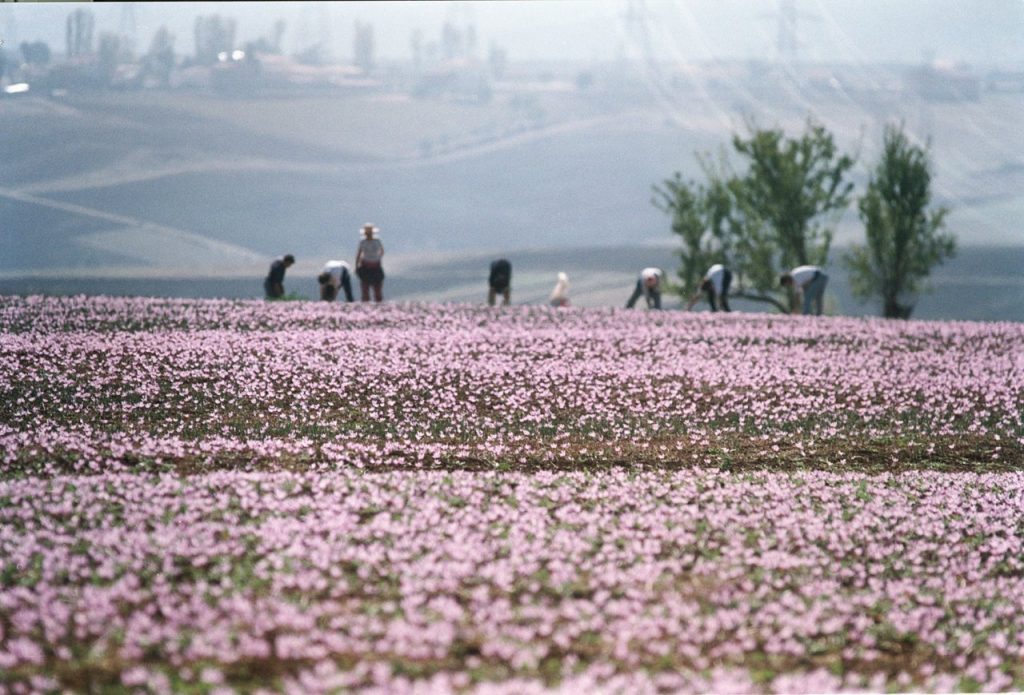Greek saffron, known as the “red gold” of the Greek nation, is expected to soon hit the Chinese market, landing on the shelves of Chinese shops by the start of 2019.
Speaking to the state-run A.M.N.A., President of the Kozani Saffron Producers Cooperative Nikos Patsiouras said that entering the Chinese market had been a very long and arduous process but one that, if successful, will greatly benefit both saffron producers and the Greek economy as a whole.
“It appears to be heading toward a good outcome […] For four days a Chinese delegation that was in Kozani from October 31 went over everything with a fine-tooth comb and I believe that, by the end of the current year or early 2019 at the latest, our saffron will be imported as a spice in the distant and vast Chinese market,” he said.
Greek saffron is produced exclusively in the northern Greek region of Kozani, in West Macedonia. The cultivated areas cover up to 600 hectares, with about 100 of them being used exclusively for organic cultivation. Approximately 1,000 families in the region earn their income by cultivating crocuses, the flower that produces saffron.
One kilogram of saffron sells for between €1,350-1,500 ($1,530-$1,700) and the yield for every 1,000 square meters of cultivated land is between 700 grams and 1 kilogram of the product.
Saffron requires a very specific climate and soil conditions in order to thrive. The soil needs to be dry and well drained to avoid fungus infections, and the land must be flat, and without trees; the summers need to be hot and the winters cold.
Seeding takes place between June and July and the flowers are harvested around the end of October and early November. Once the crocus flowers appear in the field, farmers must race to collect them because they do not last long. Saffron is very sensitive to humidity, and the longer it remains on the plant the more it risks losing its distinctive color and aroma.
The flower buds open at dawn and by 10:00 in the morning on the same day, the women of Kozani will have gathered them in their baskets or aprons and taken them back to their houses. The harvesting process lasts 20 to 25 days. After harvesting, the flower stigmas need to be dried very carefully.
The next stage is separating the red stigmas from the yellow stamens, the pollen and any impurities, a process that is done manually and can take up to 60 days.
According to Patsiouras, approximately 85,000 flowers are required to yield a single kilogram of fresh saffron stigmas, with one kilogram of fresh stigmas reduced to only 200 grams of dried final product.
This year’s production is estimated at 2 tons, down by over 50 per cent compared to previous years due to prolonged dry weather.
“Fortunately, we have enough reserves from last year to satisfy the need of all our existing and future customers,” said Patsiouras, who also unveiled the cooperative’s plans for future exports to the United States and the United Arab Emirates.
Source: A.M.N.A.
See all the latest news from Greece and the world at Greekreporter.com. Contact our newsroom to report an update or send your story, photos and videos. Follow GR on Google News and subscribe here to our daily email!






